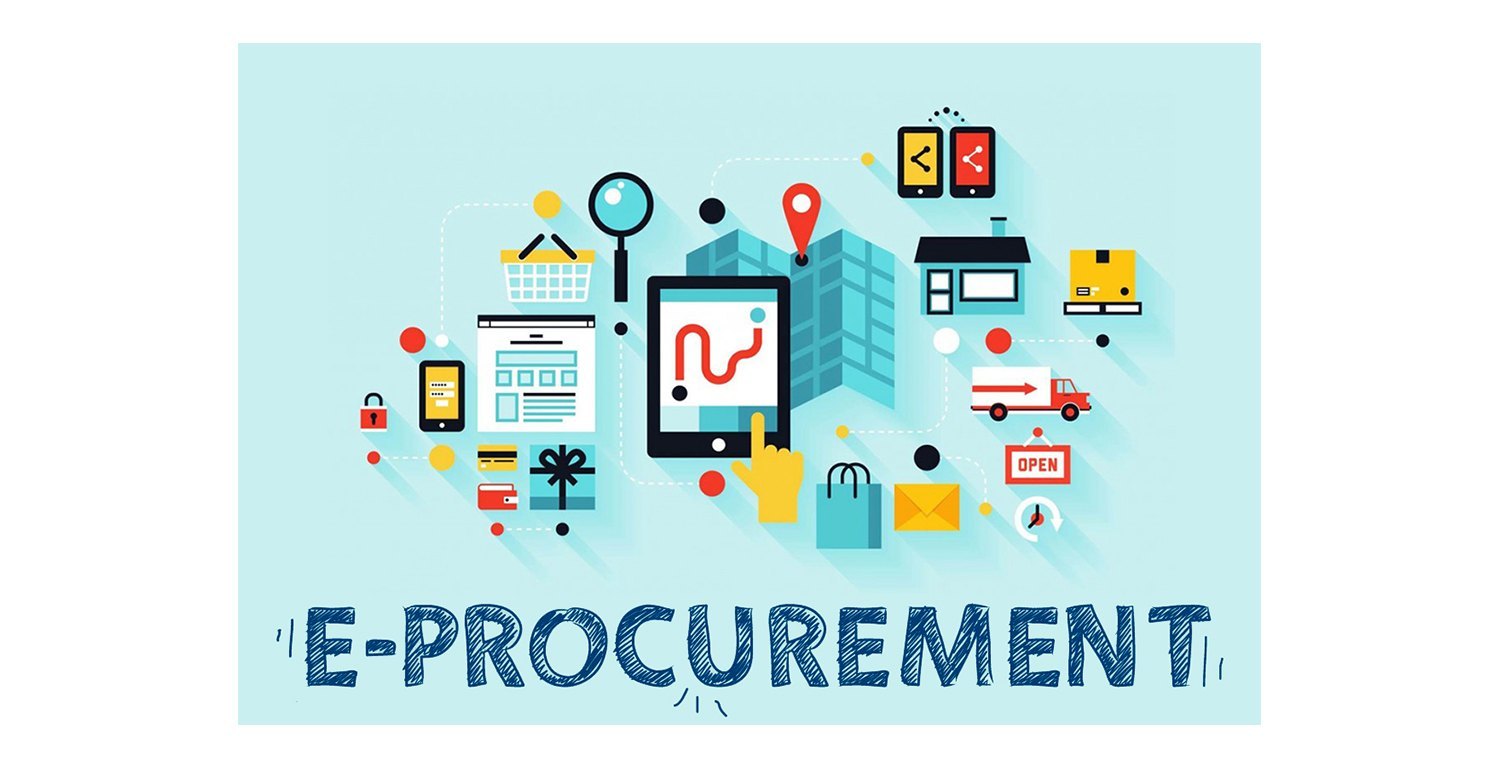Procurement costs—both direct and indirect—can quietly erode your company’s profit margins if left unmanaged. From transaction fees and legal reviews to late payment penalties and customs charges, expenses stack up quickly during the procure-to-pay (P2P) process.
Thankfully, with the right procurement cost reduction strategies, your business can eliminate waste, unlock value from vendor relationships, and improve purchasing efficiency.
In this guide, we’ll explain what procurement costs are, how they impact your business, and five proven strategies to lower them using modern tools and techniques.
What Are Procurement Costs?
Procurement costs refer to the total expenses incurred during the process of acquiring goods and services for business operations. These costs are typically categorized as:
- Direct costs: The actual purchase price of goods or services.
- Indirect costs: Expenses associated with procurement operations, such as salaries, software systems, legal fees, and logistics.
Many of these costs are hidden or fragmented across departments, which makes spend visibility and control a critical function of procurement management.
Common Procurement Costs to Watch
Understanding where procurement costs arise is key to reducing them effectively. Here are the most common contributors:

1. Indirect Procurement Costs
These include overheads like salaries for procurement and accounts payable staff, software subscriptions, administrative time, and payment processing fees. While these costs are harder to eliminate, automation and process streamlining can reduce them significantly.
2. Contract and Legal Fees
Long-term or complex contracts often require negotiation and legal review. Standardizing contracts and using pre-approved templates can reduce external legal costs.
3. Transportation and Shipping Costs
Shipping fees can add considerable expense, especially for small or frequent orders. Consolidate purchases and negotiate freight contracts to reduce shipping per unit.
4. Taxes and Customs Duties
International sourcing may come with customs tariffs and import taxes. Optimizing supplier location and leveraging tax exemptions can help mitigate these costs.
5. Late Fees and Processing Charges
Inefficient AP workflows can lead to late payments, penalties, and even damaged supplier relationships. Automating invoice approvals ensures timely payments and reduces financial risk.
6. Invoice and Payment Processing Fees
Suppliers may impose surcharges on certain payment methods. Use ACH or integrated AP systems to minimize these charges.
7. Rush and Restocking Fees
Poor planning may necessitate express shipping or cause incorrect orders, leading to avoidable rush or restocking charges.
Five Procurement Cost Reduction Strategies
You don’t need a complete procurement overhaul to reduce costs—just smart, strategic steps. Here are five best practices to optimize your procurement function:

1. Formalize Your Procurement Process
A disorganized P2P process leads to errors, unauthorized spending, and inefficiencies. A formalized procurement workflow with defined approval chains, purchase order policies, and budget controls can drastically reduce waste and maverick spend.
Benefits:
- Greater accountability
- Consistent purchasing decisions
- Lower risk of fraud
2. Leverage Economies of Scale
Small, fragmented orders result in higher costs. Consolidating orders across departments or locations helps you qualify for bulk discounts and reduce unit prices.
Tips:
- Centralize purchasing
- Use procurement software to aggregate demand
- Negotiate long-term vendor contracts
3. Adopt Strategic Sourcing
Strategic sourcing improves supplier selection and contract performance. By building long-term relationships, you can negotiate better terms, gain access to more favorable pricing, and ensure supplier reliability.
Tactics:
- Evaluate total lifecycle costs, not just price
- Use RFQs and scorecards to vet vendors
- Consolidate suppliers to increase purchasing power
4. Practice Cost Avoidance and Risk Management
Not all savings show up as line items. Smart procurement teams reduce long-term costs by avoiding problems before they arise.
Examples:
- Choosing quality products reduces returns and replacements
- Investing in preventive maintenance lowers total asset costs
- Managing vendor risk avoids delays and business disruption
5. Leverage Procurement Technology
Automating manual tasks and using intelligent tools can cut both direct and indirect procurement costs. Cloud-based procurement platforms streamline the entire P2P lifecycle—from sourcing to payment—while improving data visibility.
Technology Benefits:
- Reduce invoice processing costs through automation
- Eliminate late fees with automated payment scheduling
- Improve inventory accuracy with real-time tracking
- Centralize contracts and vendor performance data
The Role of Procurement Software in Cost Reduction
Platforms like facility bot demonstrate the power of digital transformation in procurement:
With Facility Bot, you get:
- Access to pre-negotiated shipping rates
- Automated recurring orders and backorder substitutions
- Consolidated invoicing to reduce AP workload
- Automated vendor payments to avoid late fees
- End-to-end P2P automation with AI and analytics
- Better spend visibility through centralized data
- Guided buying and contract compliance
- Strategic management of both direct and indirect spend
Combine Cost Savings With Cost Avoidance
While hard cost savings (like lower unit prices) are easy to measure, soft cost savings (like risk reduction or better supplier relationships) are just as important. For long-term impact, combine both:
- Use analytics to track trends and negotiate better deals
- Avoid future costs with warranties and multi-year contracts
- Strengthen ESG performance to improve brand reputation and attract values-driven customers
Final Thoughts: Build a Cost-Efficient Procurement Ecosystem
Reducing procurement costs isn’t a one-time initiative—it’s an ongoing process. By implementing these strategies, your procurement function becomes a strategic asset that delivers not just savings, but value.
How Facility Bot Helps Reduce Procurement Costs
Facility Bot’s integrated procurement management software, facility management solutions, and asset management software empowers organizations to streamline procurement workflows, automate asset tracking, and manage vendor contracts in one centralized platform. By improving visibility across facilities operations and automating repetitive tasks, Facility Bot reduces indirect procurement costs, minimizes manual errors, and ensures compliance with procurement policies—making it a powerful tool for cost reduction in facilities-based procurement.




